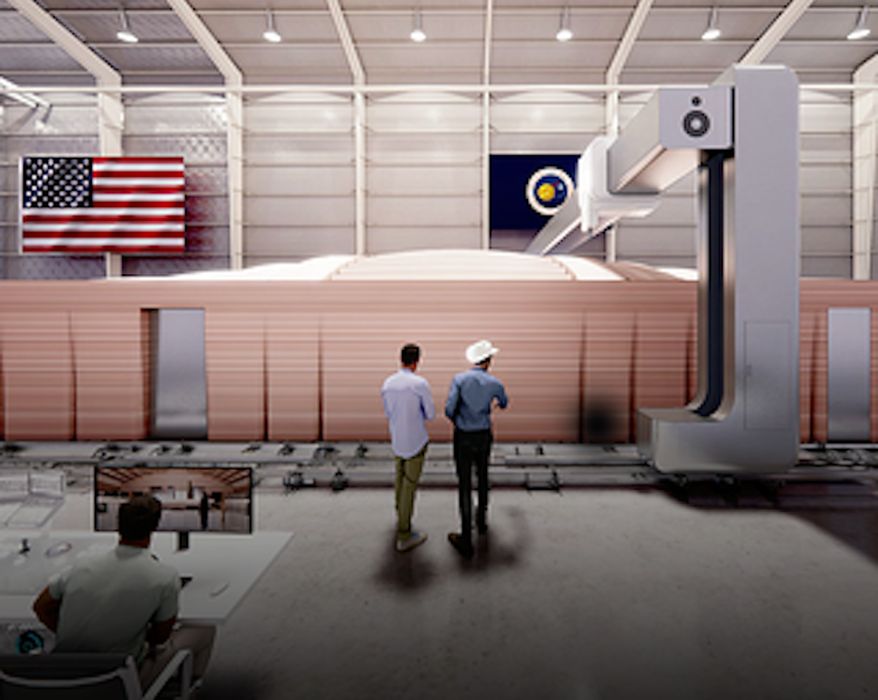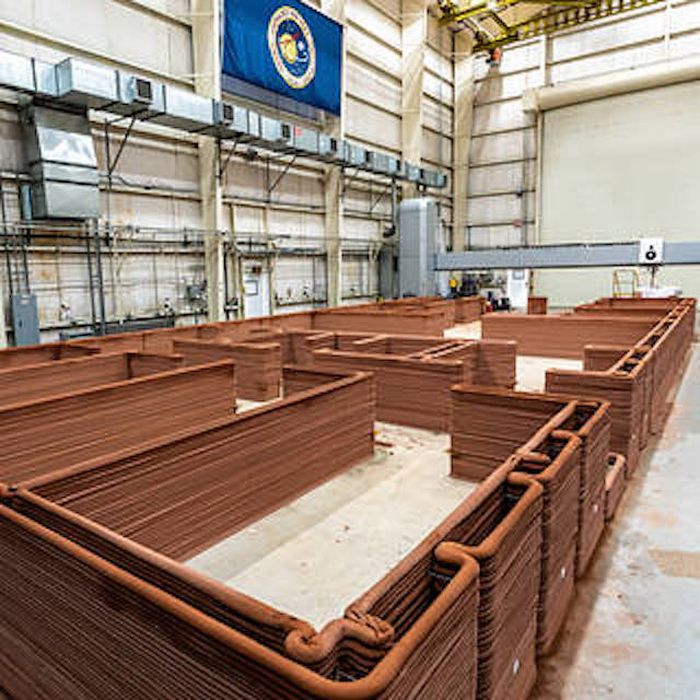
NASA is looking for volunteers to inhabit a 3D printed Martian home.
NASA’s Crew Health and Performance Exploration Analog (CHAPEA) project hopes to understand the issues of a crew based on Mars by having people live in a long-duration Martian surface habitat.
There’s one thing I should mention: it’s not actually on Mars; this is a simulation.
And there’s another thing I should mention: the participants will stay inside the habitat for one full year.
3D Printed Martian Habitat

The simulated surface habitat, called “Mars Dune Alpha”, is a 3D printed structure made in a manner that would be similar to what might be actually 3D printed on Mars.
Mars Dune Alpha is designed to include four private crew quarters, a medical facility, kitchen, fitness zone, work area and a place to undertake crops to grow for food. There are not just one, but two bathrooms.
The 1700sf facility is to be 3D printed by ICON, one of the leading construction 3D printing companies. Apparently the material to be used in the habitat is “lavacrete”, which is one of ICON’s proprietary materials.
It’s unlikely an actual Mars habitat will be 3D printed in Lavacrete, as local materials would be more economical to use. NASA confirms this:
“Future space exploration settlements have the potential to be 3D printed with additive construction technology to eliminate the need to launch large quantities of building materials on multiple flights, which is cost prohibitive.”
However, the design limitations, structures and textures would be very similar between the Earth-based ICON simulation and a future 3D printed Mars habitat.
And that’s why NASA is using this approach: they will learn a great deal about living in a 3D printed structure over a long period. While the structure itself is being tested, NASA will clearly learn about procedures, communications, physiology and crew psychology.
What will the participants do during their year-long stay? NASA explains:
“To obtain the most accurate data during the analog, the habitat will be as Mars-realistic as feasible, which may include environmental stressors such as resource limitations, isolation, equipment failure, and significant workloads. The major crew activities during the analog may consist of simulated spacewalks including virtual reality, communications, crop growth, meal preparation and consumption, exercise, hygiene activities, maintenance work, personal time, science work, and sleep.”
Three missions are planned, and each requires four crew and two alternates. In all, NASA will select 18 participants. The first mission is to begin in the Fall of 2022, with follow on missions in 2024 and 2025.
For CHAPEA Mission 1, the application process is now open and closes on September 17th. There are a number of criteria applicants must meet, including:
- US citizenship
- Proficiency in English
- Age 30-55
- Higher level graduate degree or equivalent
- At least two years professional STEM experience or 1,000 hours piloting jet aircraft
Finally, applicants must also “Be able to pass the NASA long-duration flight astronaut physical”, which I understand is quite rigorous. If you’re interested, the full qualifications are listed here.
Would you set aside a year of your life to live and work in a 3D printed Martian habitat? I’m not eligible, but I suspect NASA will receive many applicants.
Via NASA
